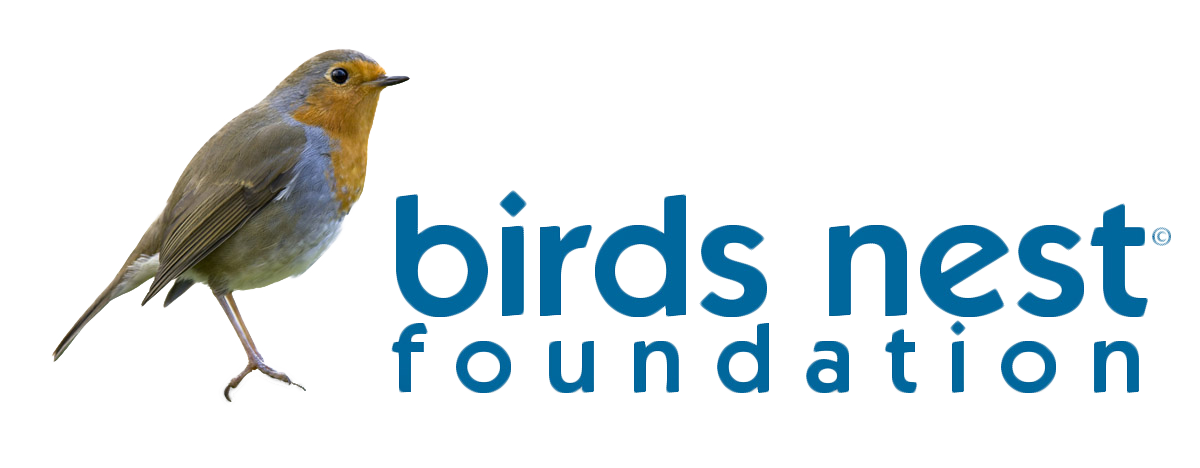‘Bee’ aware of the disappearing bees
The week of June 15 marks the 9th annual Pollinator Week; a week dedicated to raising awareness about the animals that pollinate our crops, including hummingbirds, butterflies, bats and of course, bees. While many people might think of these animals as simply causing flowers to grow, there are about 1,000 plants that are integral to our society that are dependent on pollinators to grow. These crops include apples, blueberries, almonds, peaches, pumpkins, potatoes, coffee and chocolate. In other words, pollinators are needed for our world to function properly, and no other pollinator is as important as the simple honey-bee.
Bees are one of, if the not the most important animals on the planet. About 1/3 of all the food we eat require pollination to occur. That adds up to about fifteen billion dollars worth of food annually within the United States alone.
Unfortunately, since 2006, the honey bee population across the world, but most notably in the United States has decreased dramatically. Between April 2014 and April 2015, beekeepers lost some 40% of their bee colonies. The losses, also confounded scientists, because winter losses (which are normally indicative of health) decreased from 23.7 to 23.1 percent, while summer losses increased from 19.8 to 27.4 percent, according to a recent CBS news article. Nobody is quite sure why these bees are dying. There are many factors at play.
Back in 2008- 09, bee colonies were dying off at a rate never before seen.Scientists called the phenomenon “Colony Collapse Disorder” (CCD). Colony Collapse Disorder occurs when a bee colony has no adult bees, but has a live queen. There are also no dead bees (or very few) in the colony or around it. When Colony Collapse Disorder affects a hive, there are no pathogens or anything that can explain the loss. In the documentary The Vanishing of the Bees, Dennis Van Engeldorf explained how during CCD the young are left behind, and bees do not leave their young behind. “So it happened very quickly. Bees are dying faster than they can be replaced,” he said. Nobody is quite sure what causes CCD, but when it occurs, a colony can disappear in a matter of hours.
However, that doesn’t seem to be issue that is going on now. Tim Tucker, the President of the American Beekeeping Federation (ABF), the current bee population crisis isn’t because of CCD. “That’s not necessarily what we’re seeing. It [CCD] happened with very healthy hives. This isn’t what we’re seeing. We’re seeing long term weakening. They’re not in shape to produce honey crop.” The factors that do play a role, according to Tucker are the verroa mite, pesticides, disease and lack of good forage. However he also said, “It depends on where you live. It can vary…It’s a terrible thing to use averages. Bee keepers vary in their losses.”
Vicki Wojicik, the research director for the Pollinator Partnership, explained some of the factors, “Available habitat are being diminished, it’s a really big factor.” Other factors she discussed included pesticides and climate change. When the climate changes, plants and insects develop at different rate. “Plants and insects develop differently [when there’s climate change]. There’s a mismatch. They [insects] miss pollination season or they develop at bad times.” This can cause a colony to starve to death.
Tucker said that extremes in temperature are also affecting bees. “Two years ago, temperatures hit 113, 115 degrees every day. Bees weren’t able to cool their hive,” he said. He mentioned how he had to give the bees water, and keep their hives cool, something he hadn’t had to do before. This year, the issue is rain. Without enough sunny days, bees aren’t able to leave the hive and were unable to produce the amount of honey they normally did, which is not only an issue for bees, but can become an issue for those are reliant on their honey as part of their business or the people who depend upon them for pollinating their crops.
The most important thing that people can do to help the bees is to use less pesticides. For people this is simple, and there are pollinator-friendly pesticides available. People can plant bee friendly gardens, though bees will pollinate ornamental flowers, the important thing is to make sure there is diversity of plants. Bees won’t stay very long in a place that has only one or two kinds of crops. You can also build homes for bees, much like a bird house. For those who are scared (or allergic) to bees but don’t want to exterminate an entire colony, there are services available that will locate the hive. One such site is The Bee Sheperds Bee Removal, http://tbsbeeremoval.com.
It is also possible to start one’s own hive. For those who want to start their own hive, and live in New York City, the New York City Beekeeper’s Association website has all the information you need at bees.nyc.com.
Sources
bees.nyc.com.
: http://www.cnn.com/2015/06/15/opinions/schubert-bees-herbicides/index.html
http://www.cbsnews.com/news/40-percent-of-u-s-bee-colonies-died-in-past-year/
http://thehoneybeeconservancy.org/about-bees/
http://pollinator.org/beeissues.htm
http://www.viralnovelty.net/wp-content/uploads/2014/05/143.jpg
